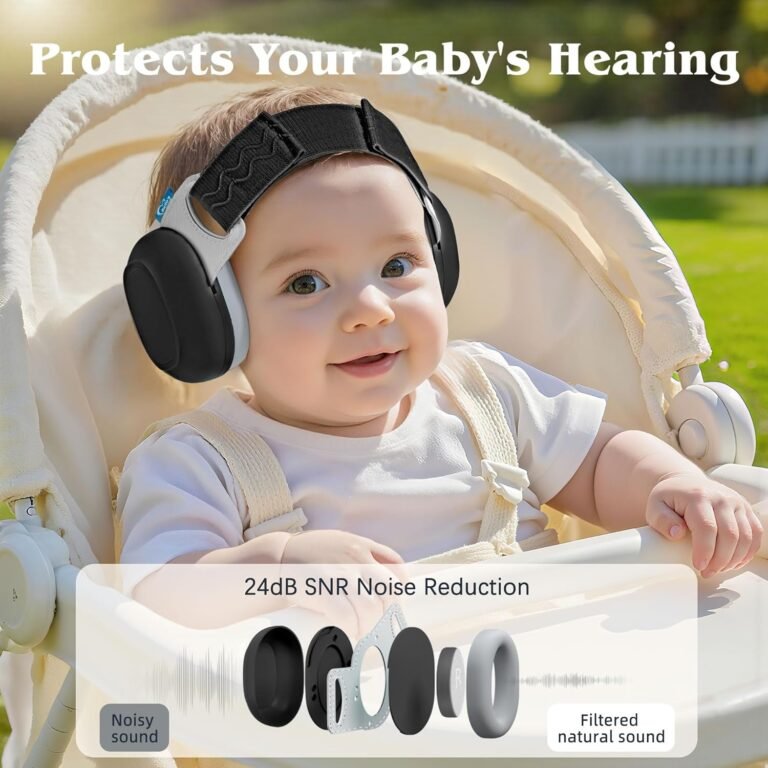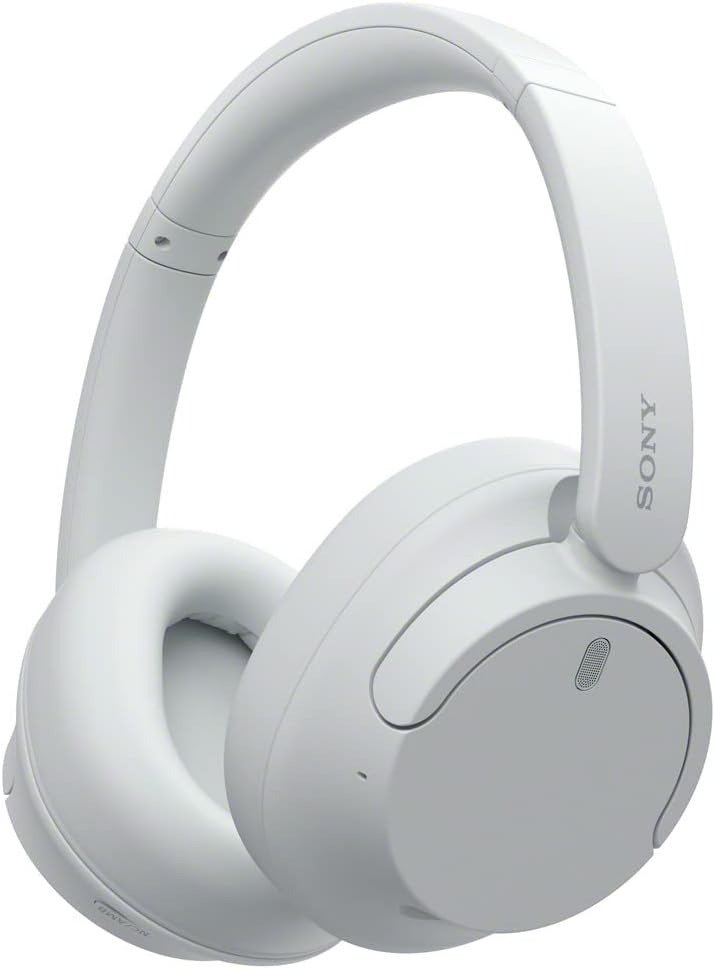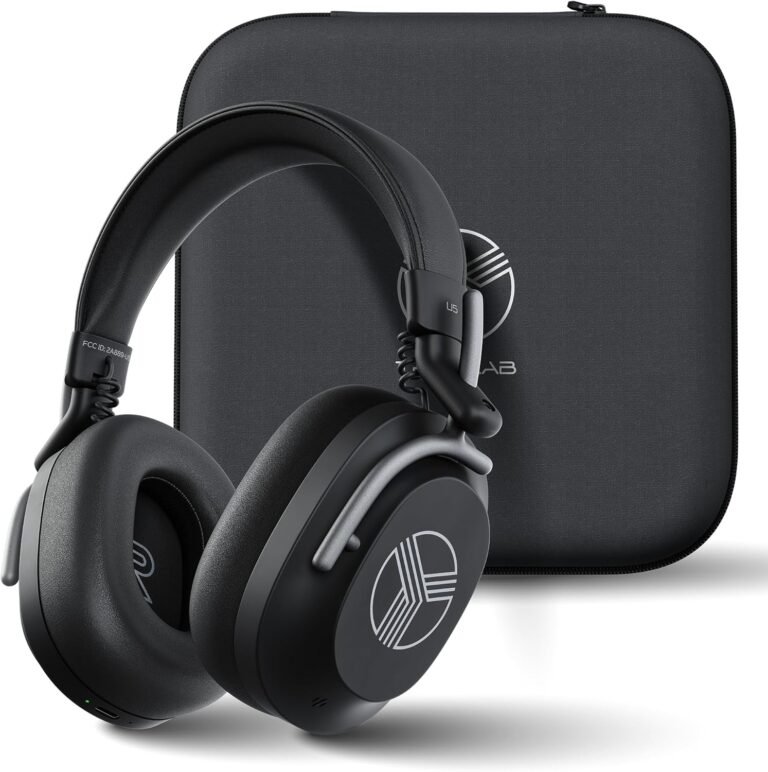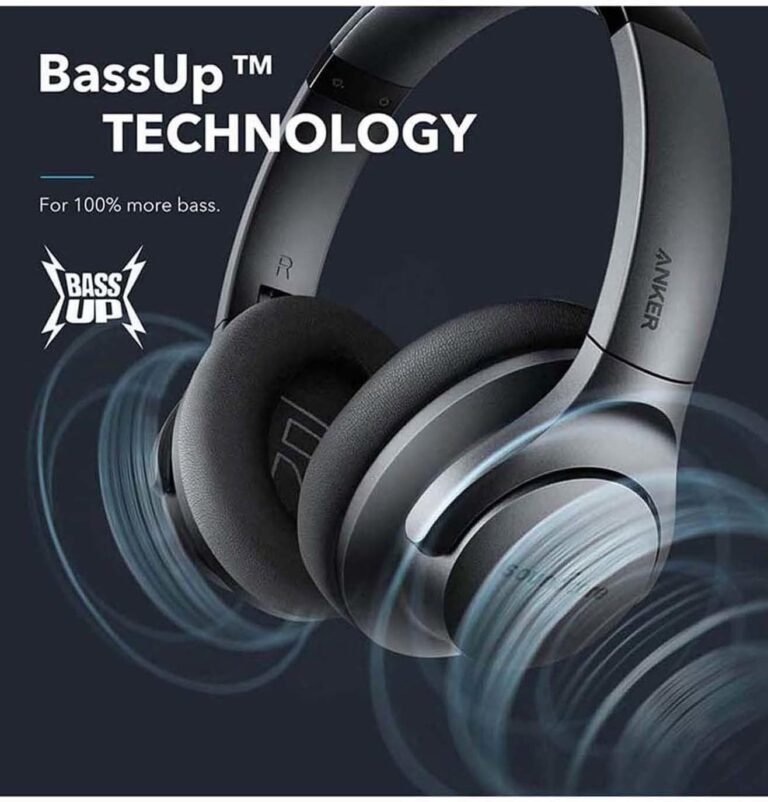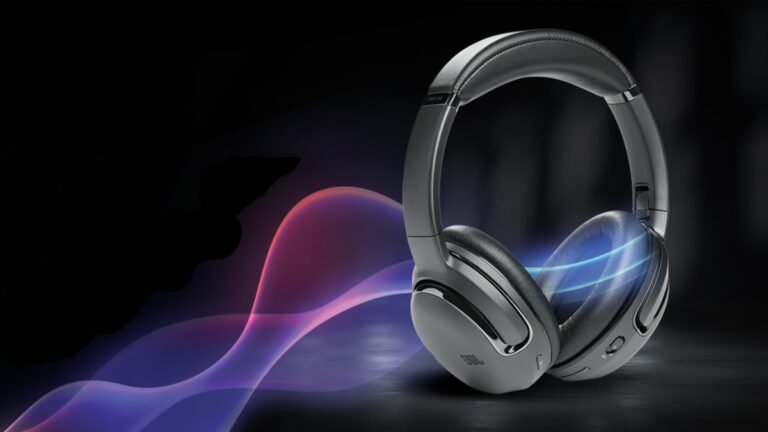If you’re serious about music production, mixing, or mastering, a good pair of studio headphones is a must-have. Unlike consumer headphones, studio models are designed to deliver a flat, accurate sound profile so you hear every detail of your audio exactly as it is.
In this guide, we’ll cover everything you need to know about studio headphones—from types and features to top recommendations and buying tips—so you can choose the perfect pair for your creative work.
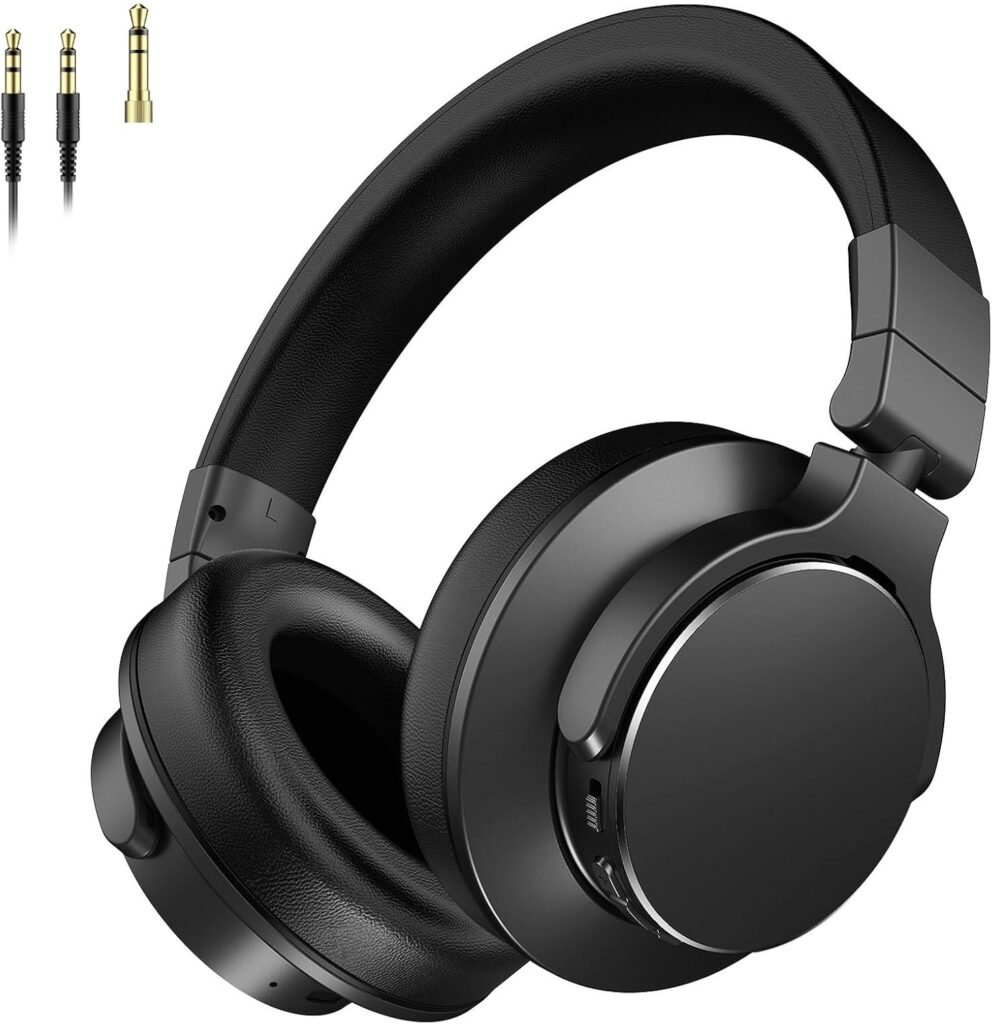
What Are Studio Headphones?
Studio headphones are professional-grade headphones specifically designed for music production, recording, mixing, and mastering. They offer:
- Flat frequency response for accurate sound reproduction
- High-quality drivers for clarity and detail
- Durable build for daily studio use
- Comfortable fit for long listening sessions
Unlike bass-heavy consumer headphones, studio models give you a neutral sound signature so you can make precise audio decisions.
Why Studio Headphones Are Essential for Creators
Whether you’re a music producer, sound engineer, or podcaster, studio headphones help you:
1. Hear True Audio
With accurate frequency response, you can detect imperfections, balance instruments, and achieve a professional mix.
2. Work in Any Environment
Studio headphones allow you to produce and edit audio anywhere, even without expensive studio monitors.
3. Protect Your Mix from Room Acoustics
Unlike speakers, headphones aren’t affected by room size or shape, ensuring consistent sound quality.
Types of Studio Headphones
There are three main types of studio headphones, each suited for different tasks.
1. Open-Back Studio Headphones
- Best for: Mixing & mastering
- Sound: Natural and airy
- Pros: Wide soundstage, accurate imaging
- Cons: Not ideal for noisy environments
Example: Sennheiser HD 650
2. Closed-Back Studio Headphones
- Best for: Recording & tracking
- Sound: Isolated and focused
- Pros: Prevent sound leakage, block external noise
- Cons: Smaller soundstage
Example: Audio-Technica ATH-M50x
3. Semi-Open Studio Headphones
- Best for: Balanced versatility
- Sound: Mix between open and closed-back
- Pros: Good compromise between isolation and openness
- Cons: Some sound leakage
Example: AKG K240 Studio
Key Features to Look For in Studio Headphones
When choosing the perfect pair, consider these important features:
1. Frequency Response
A flat frequency response ensures your mix sounds balanced across all playback systems.
2. Impedance
- Low impedance (32Ω) – works well with laptops and portable devices.
- High impedance (80–300Ω) – better for professional studio equipment.
3. Driver Size & Type
Larger drivers generally provide more accurate bass and detail.
4. Comfort & Build Quality
Look for adjustable headbands, soft ear pads, and a lightweight design for long sessions.
5. Cable Type
- Straight cable – better for studios
- Coiled cable – great for flexibility
Top 10 Best Studio Headphones in 2025
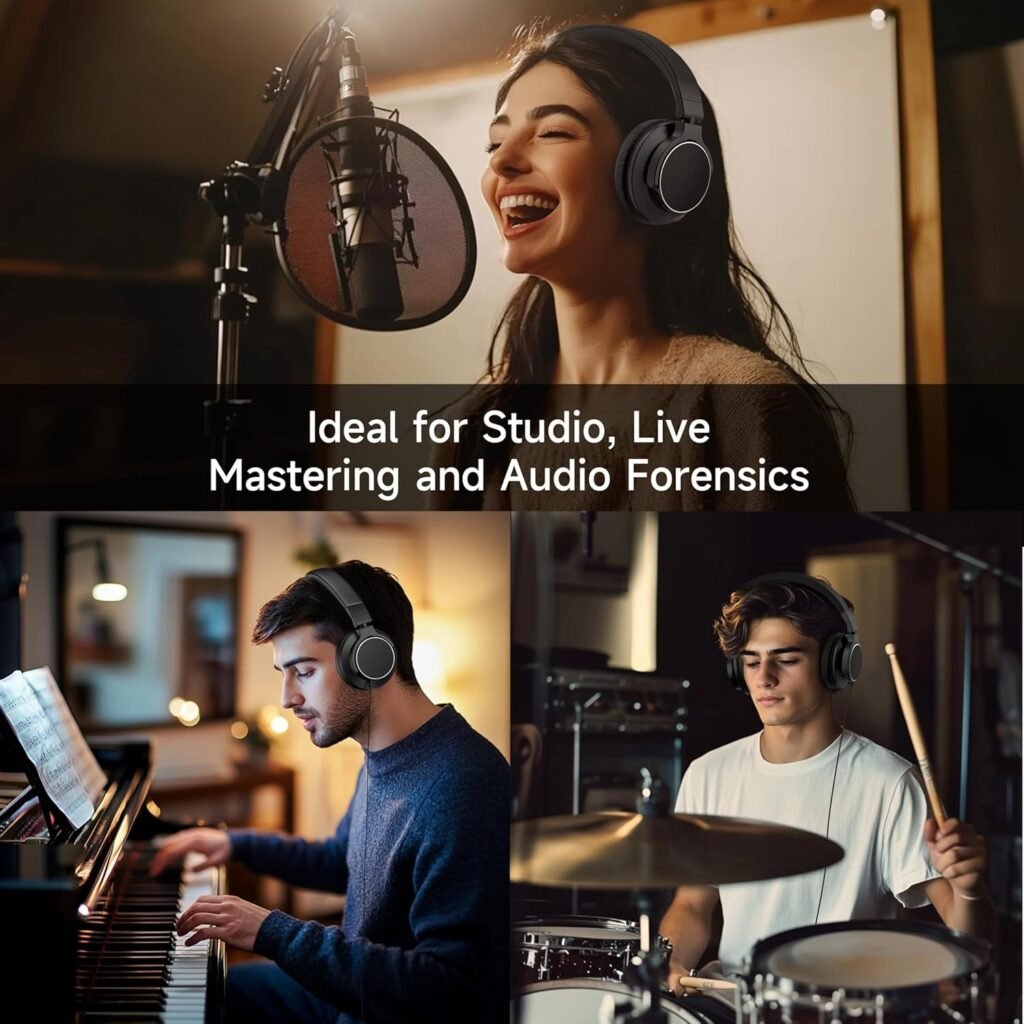
Here are our expert picks for the best studio headphones this year.
1. Audio-Technica ATH-M50x
- Type: Closed-back
- Pros: Great value, clear sound, comfortable
- Cons: Slightly boosted bass
2. Sennheiser HD 650
- Type: Open-back
- Pros: Natural sound, great for mixing
- Cons: Requires a headphone amp
3. Beyerdynamic DT 770 Pro
- Type: Closed-back
- Pros: Excellent isolation, detailed highs
- Cons: Slightly bright treble
4. AKG K702
- Type: Open-back
- Pros: Wide soundstage, lightweight
- Cons: Less bass impact
5. Shure SRH1540
- Type: Closed-back
- Pros: Premium comfort, accurate mids
- Cons: Pricey
6. Sony MDR-7506
- Type: Closed-back
- Pros: Industry standard, affordable
- Cons: Less modern design
7. Focal Listen Professional
- Type: Closed-back
- Pros: Great clarity, strong build
- Cons: Slightly heavy
8. Neumann NDH 20
- Type: Closed-back
- Pros: Balanced tone, high build quality
- Cons: Expensive
9. Philips SHP9500
- Type: Open-back
- Pros: Affordable, comfortable
- Cons: Not for bass lovers
10. HIFIMAN Sundara
- Type: Open-back planar magnetic
- Pros: Exceptional detail, spacious sound
- Cons: Requires amplification
Studio Headphones vs. Regular Headphones
Feature Studio Headphones Regular Headphones
Sound Signature Flat & accurate Boosted bass/treble
Purpose: Mixing, mastering, production, Entertainment
Build Durable, replaceable parts vary
Comfort Optimized for long use varies
How to Use Studio Headphones for Mixing & Mastering
- Keep volume moderate – Avoid ear fatigue.
- Reference multiple sources – Compare with studio monitors if possible.
- Take breaks – Give your ears rest to maintain accuracy.
Best Brands for Studio Headphones
Some of the most trusted brands include:
- Audio-Technica
- Sennheiser
- Beyerdynamic
- AKG
- Shure
- Sony
- Focal
How Much Should You Spend?
- Beginner level: $100–$150
- Intermediate level: $150–$300
- Professional level: $300+
Care & Maintenance Tips
- Store them in a protective case
- Avoid excessive volume to extend driver life
- Clean ear pads regularly
- Replace worn cables and pads
Conclusion – Which Studio Headphones Should You Buy?
Choosing the right studio headphones depends on your needs and budget.
- If you’re recording vocals, go for closed-back models.
- If you’re mixing and mastering, opt for open-back designs.
- For all-around versatility, semi-open headphones are a safe choice.
With the right pair, you’ll be able to create a professional, polished sound that translates well to any playback system.


